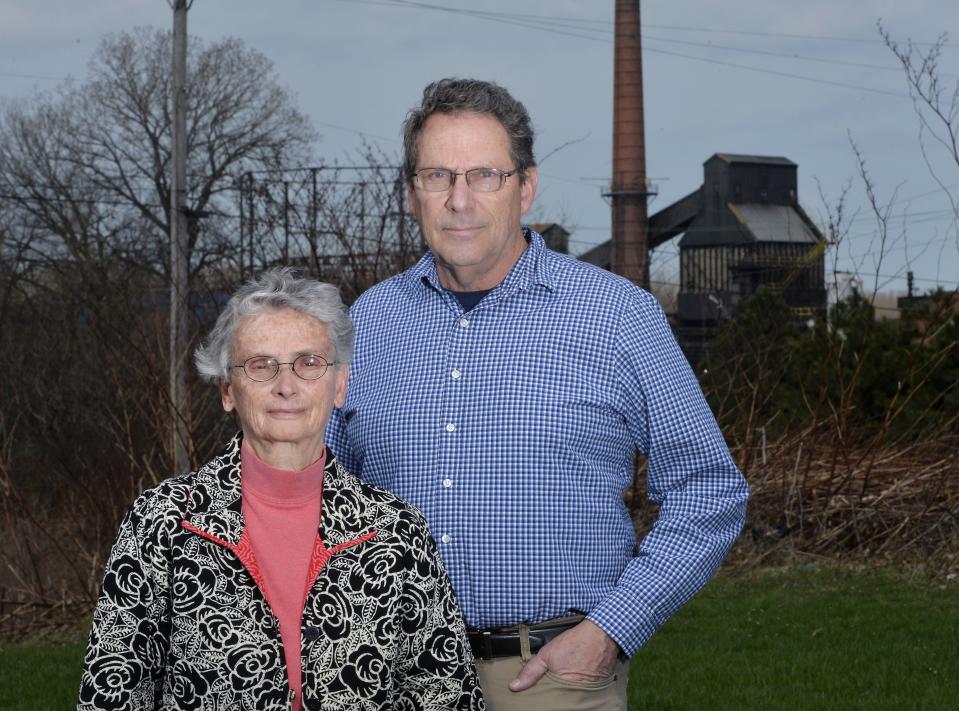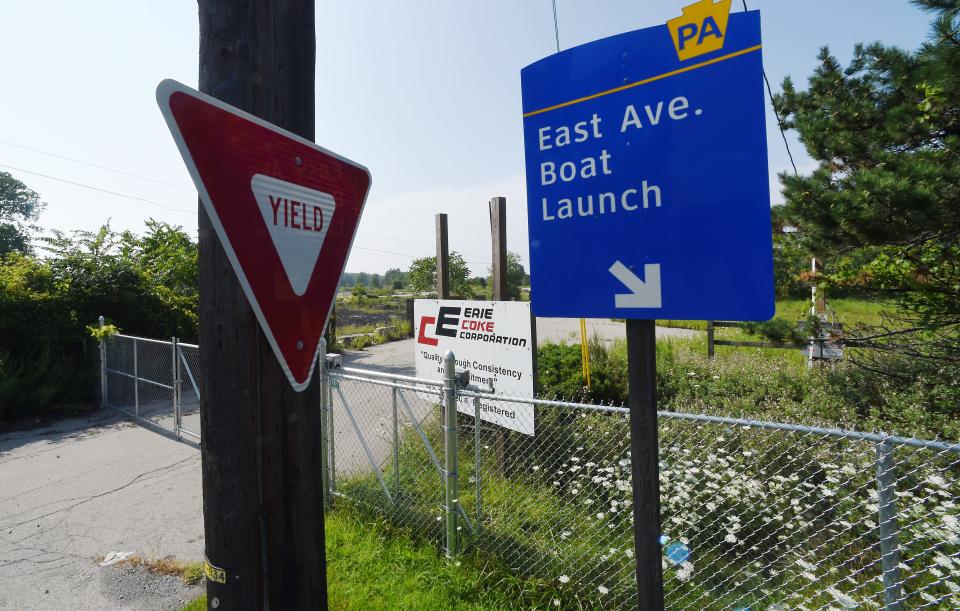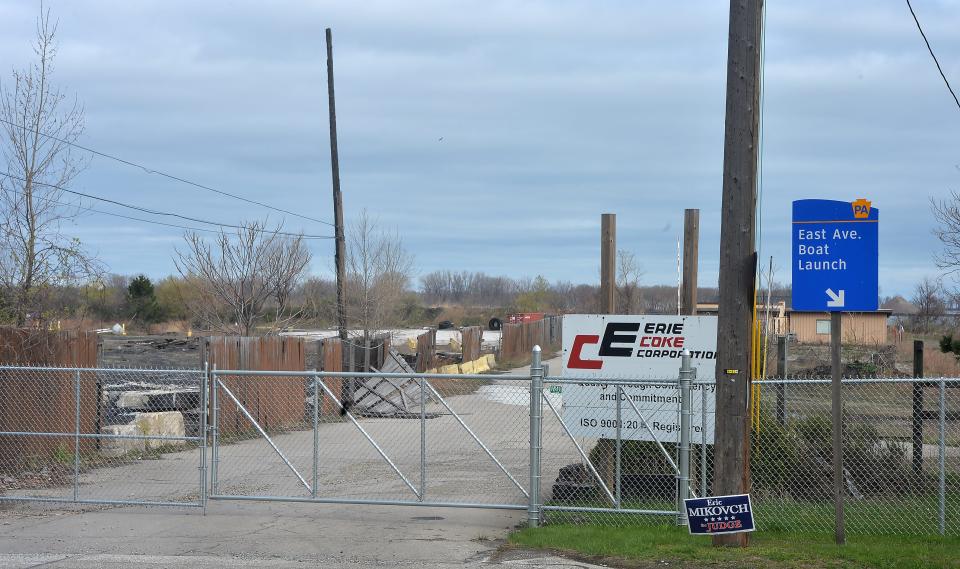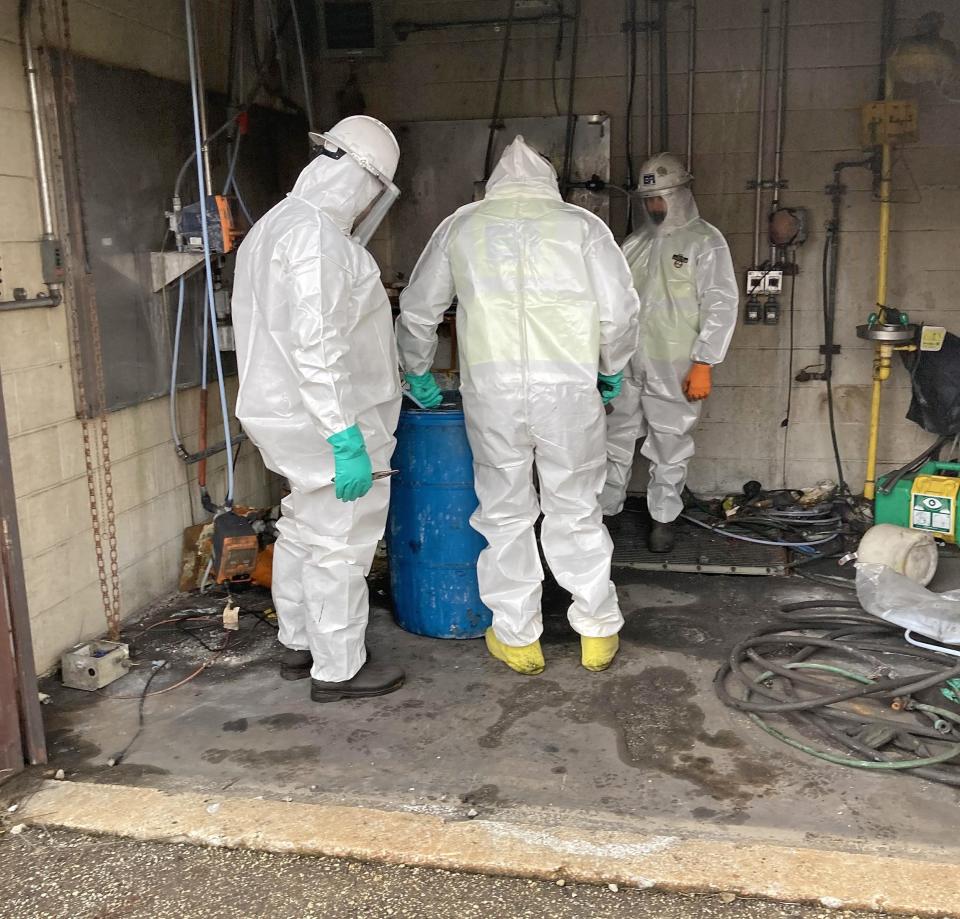Hold Erie Coke Accountable: Engage the public now on the cleanup, future of Erie Coke site
The dust has settled since Erie Coke locked out its employees and shuttered the plant in December 2019, but the air is not clear. The public needs to know more, and citizens should have the right to weigh-in on how the site is to be cleaned up and used. The citizens' advocacy group, Hold Erie Coke Accountable (HECA), continues to press for Erie's interests. With pivotal decisions to be made about the future use of the site, it is time for public involvement. HECA calls on all parties involved to inform and invite public input on the following items as it prepares to convene a public forum on the Erie Coke site this fall.

Wildlife and human health risks of site contamination
The federal Environmental Protection Agency (EPA) performed an emergency "removal" operation at Erie Coke between September 2020 and November 2022 to reduce threats from hazardous materials. When the Pennsylvania Department of Environmental Protection took over, they contracted the firm OBG/Baker for the job of assessing the extent of remaining pollution to soil, groundwater, and surface water. In late July, the DEP posted OBG/Baker's 3,711-page final Site Investigation Report, which concluded that "the site can be considered a potential threat to human health and the environment."

More: Erie Coke site seen as 'potential threat to human health and the environment'
The details beneath that general conclusion are worrisome; for example — the six specific semi-volatile organic compounds (SVOCs) most frequently detected in contaminated soil throughout the site are all considered possible carcinogens. Likewise, the metals found in soil that frequently "exceeded criteria" included familiar toxic elements arsenic, chromium and lead. Distribution of the volatile carcinogen benzene was found to be "sitewide" in the groundwater, with the highest concentrations in the northernmost monitoring well. How do these contaminants affect plants and animals that inhabit the Erie Coke property? What will be done to eliminate the contaminants and prevent them from harming neighboring habitats, including Lake Erie? Will the company responsible for the pollution pay for this? HECA requests that future reports by DEP and their consultants provide the public more clear interpretation and explanations about these questions.
Site ownership and cleanup costs
HECA has called upon EPA, DEP, the city of Erie and Erie County, and related public authorities to reveal details on intentions and plans for any possible transfer of ownership of the site.
More: Erie Coke supervisor pleads guilty to violating Clean Air Act, says orders came from boss
According to court records, the infamous Erie Coke site that bestowed 190 years of pollution continues to be controlled by the family of the late owner, J.D. Crane. Lawyers for Erie Coke in May reported that Erie Coke Corp. is a wholly owned subsidiary of a holding company, Garner LLC. A 2019 court filing indicated Garner is owned by another holding company, Cooper Meridian LLC. Cooper Meridian in turn, it said, is owned by trusts controlled by Crane's family, the charitable beneficiary of which was the Crane Family Foundation, renamed the Paul A. Saffrin Foundation following Crane's death in 2014. Paul Saffrin, Crane's grandson, served as CEO of Erie Coke and its sister plant, Tonawanda Coke, both of which shut down.
![Erie Coke Corp. shut down in December 2019 after a long legal battle with environmental regulators. [GREG WOHLFORD FILE PHOTO/ERIE TIMES-NEWS]](https://s.yimg.com/ny/api/res/1.2/DMEowSVy.2Qkkv8cJX9nUA--/YXBwaWQ9aGlnaGxhbmRlcjt3PTk2MDtoPTY1Mg--/https://media.zenfs.com/en/erie-times-news/ea0bb7b670a3766eea65aab5fba210b5)
Bankruptcy was declared on Tonawanda Coke after its scandalous record of violations, including personnel going to jail for pollution deceit. Violations were equally egregious at Erie Coke, in our view, yet as federal criminal lawsuits presently unfold, it appears Mr. Saffrin and company have chosen to hold on to the plant and fight the federal environmental indictments for violating air pollution rules.
Erie Coke, apparently out of cash, has over $1 million in mounting liens (EPA Superfund alone) against the property in step with the rising cost borne by the public (EPA and DEP) to clear the site of hazardous materials left behind. Significant additional costs have been incurred for the comprehensive assessment of site contamination, which the public is paying for. Ironically, the Daemon University (NY) Paul A. Saffrin Institute for Sustainability and Civic Engagement was bestowed with a $1 million gift from the Paul A. Saffrin Foundation. Apparent accumulated wealth and philanthropic tax breaks are discordant, in our view, with the sorry saga of Erie Coke's 2021 attempts to cut trees on the site and sell the timber to raise cash. How will the public's multimillion-dollar expenditures for site assessment and cleanup of contaminants be paid?
HECA calls on the owner, the city of Erie, Erie County, and authorities to publicly state their intentions regarding remediation of the site. There are several site cleanup options (Superfund, PA Act 2, Hazardous Sites Cleanup Act) that each have complex pros and cons. For all options, since taxpayer dollars are currently being used, HECA believes that that the public should have a right to know who will pay (Erie Coke, the public, or a new owner) and who decides the level of cleanup which in turn dictates future uses. A "modest cleanup and they will come" strategy has not appeared to work for the former GAF site (where tar periodically bubbles to the surface) at Erie's downtown waterfront. This lesson should inform the urgency of cleaning up the Erie Coke site the right way the first time around.
Concerns about off-site release of contaminants at Erie Coke
HECA calls upon DEP to publicly disclose the status of final site assessment process and discussions with their consultant on recommendations to expand the scope of their contamination investigations. There should also be opportunities for public input/comments about current findings and current thinking about how future remediation at the site will likely be advanced. OBG/Baker's final Site Investigation Report indicated that runoff from the site "has adversely affected the water quality of Lake Erie" and "contaminants are likely leaching (into the Lake Erie shoreline) from decades of disposing of process waste." In view of the uncertainty about fate and effects of contaminants detected in ground water and lake sediments at the northern end of the property, HECA applauds the report's recommendation for additional monitoring and a presentation by the consulting firm regarding further investigation toward evaluating and stopping any possible off-site releases.

Federal criminal investigation and victim compensation
On Nov. 15, 2022, Erie Coke Corp., along with the plant superintendent, was indicted by a federal grand jury in Erie on, among other charges, violation of the Clean Air Act. Now, the U.S. Attorney's Office of the Western District of Pennsylvania is inviting victims of Erie Coke to come forward with statements about how they have been negatively impacted. Compensation may be possible for persons suffering hardships related to the indictment of Erie Coke. HECA encourages anyone who believes they have been negatively impacted by Erie Coke's offenses to complete and submit a victim impact statement. The upcoming HECA forum will seek to elevate the matter of citizen rights and compensation.
More: Harmed by Erie Coke? You might be eligible for financial compensation

Erie Coke Community Working Group
HECA calls upon the governing bodies and authorities to empanel a formal Erie Coke Community Working Group comprised of community residents and key stakeholders to support the remediation and revitalization of the Erie Coke site relative to public and private processes. The community surrounding Erie Coke's sister site, Tonawanda Coke, advocated for the creation of the Tonawanda Community Working Group. We believe that Erie would benefit from a similar working group structure to integrate the community into the remediation process and ensure stakeholders are engaged directly in the comprehensive investigation and remediation of this property. The working group could foster public participation to reflect diverse interests and perspectives from the community. HECA asserts that the Erie community should determine the destiny of the Erie Coke site before history repeats itself in trading away a cherished public amenity for private excess.
Sister Pat Lupo, OSB, and Mike Campbell, Ph.D., citizen scientist, are co-chairs of Hold Erie Coke Accountable.
This article originally appeared on Erie Times-News: Residents demand transparency, input on what happens next at Erie Coke

